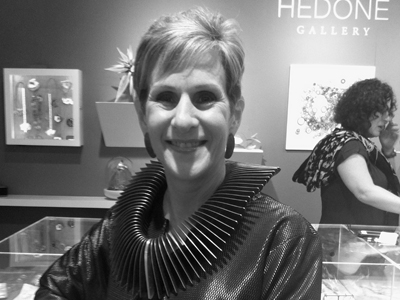
AJF asked this year’s five young 2016 Artist Award finalists to tell us a bit about their backgrounds and their thoughts on the future of the art jewelry field. Their work represents a group of outstanding pieces of contemporary jewelry. This is the last of five interviews.
For this, the 15th annual AJF Artist Award, the jurors were Philip Clarke of New Zealand, inaugural director of Objectspace; 2014 Artist Award winner Seulgi Kwon, from South Korea; and AJF board member and collector Susan Kempin, who is from the United States. The jurors met in December and selected the following five finalists for the 2016 AJF Artist Award: Lynn Batchelder, Seth Papac, Carina Shoshtary, Aric Verrastro, and Timothy Veske-McMahon. The choices were based on originality, depth of concept, and quality of craftsmanship. These artists were all under the age of 35 at the time of the application deadline.
There will be an exhibition of the five finalists’ work at Platina’s booth in the International Trade Fair hall in Munich, in the Frame area surrounding Schmuck.

Bonnie Levine: How did you become interested in jewelry, and what inspires your work?
Timothy Veske-McMahon: “Interested in jewelry” is a good way to paraphrase the relationship we have. I didn’t go looking for jewelry; it’s more a series of events that continue to happen. At times, I wonder if my jewelry is a personal failure, simply because all these years later it’s still unresolved.
I’m inspired by the petty dramas of my life and what I see around me. I get lost separating my want from the miasma of culture’s want. It’s a slow motion, close-up shot of a cat twisting in the air to right itself—but the cat is psyche in turmoil. I watch and listen to the lives of those around me to ask questions. What do I need? What’s missing? What’s wrong? What can’t I explain?
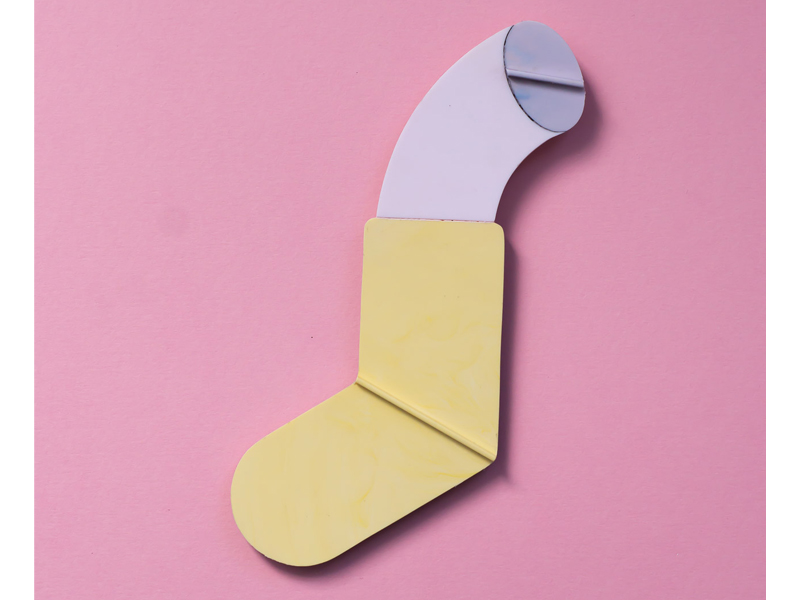
What does being a finalist mean for you? Do you think it will influence you in any way?
Timothy Veske-McMahon: Being a finalist is an opportunity to have my work injected into conversation at a specific time and in certain company. It creates a milieu for fresh perspectives—perhaps some criticism—that can prove to be insightful. For my own work, I find it interesting to watch if the suggestive nature of the work becomes fixed through the spectacle of such a broadcast. What changes when something becomes known? Maybe it’s counterintuitive, but having a widely shared “moment” for the pieces makes it easier for me to move with them, or away from them.
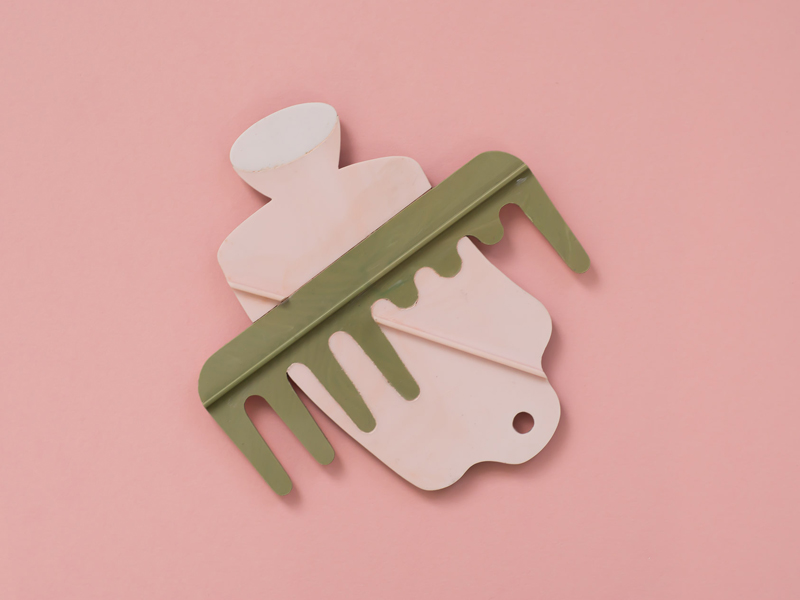
Where do you think the art jewelry field is going?
Timothy Veske-McMahon: For my own work, I try not to consider it. I think trying to create work that flows into a stream is more a function of product design, and I don’t see myself in that capacity. I respond to what I experience as a person living now; by the time the work is made one might even say it’s out of date in relation to what it was responding to.
I would like to see art jewelry graduate its hypothetical relationships. I want to see it in action, to stop apologizing and do what it was meant to. Art jewelry should be used and used up. I want to see it spent, a squeezed-out tube making a statement.
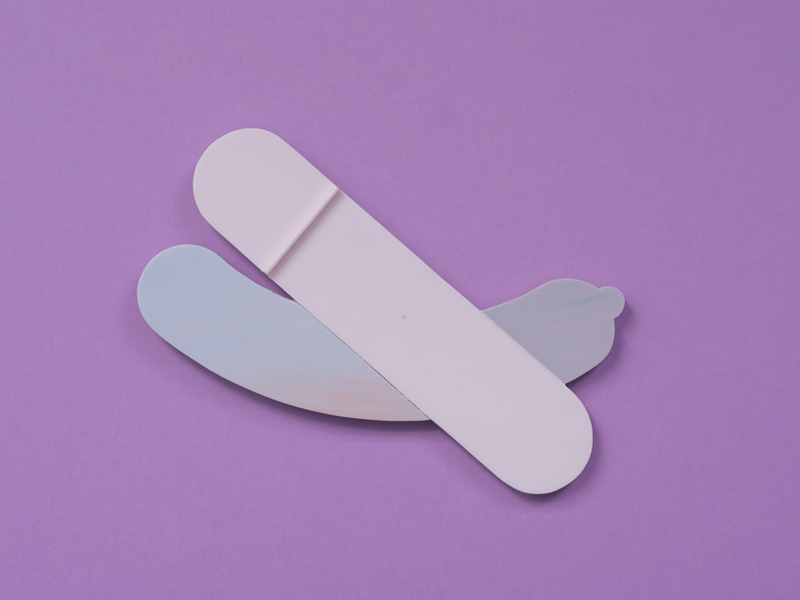
What excites you about the art jewelry field?
Timothy Veske-McMahon: The performative promise that, if allowed, jewelry “goes places.” I think most jewelry artists shun the word “accessory” because it relates to hierarchical positioning, but I am intrigued by jewelry functioning as accessory—to identity, action, and meaning. The act of choosing jewelry is a representation or augmentation of one’s identity. That choice and wearability is a catalyzing property for an object. I think contemporary jewelry forgets that it is meant to be an “added thing.”
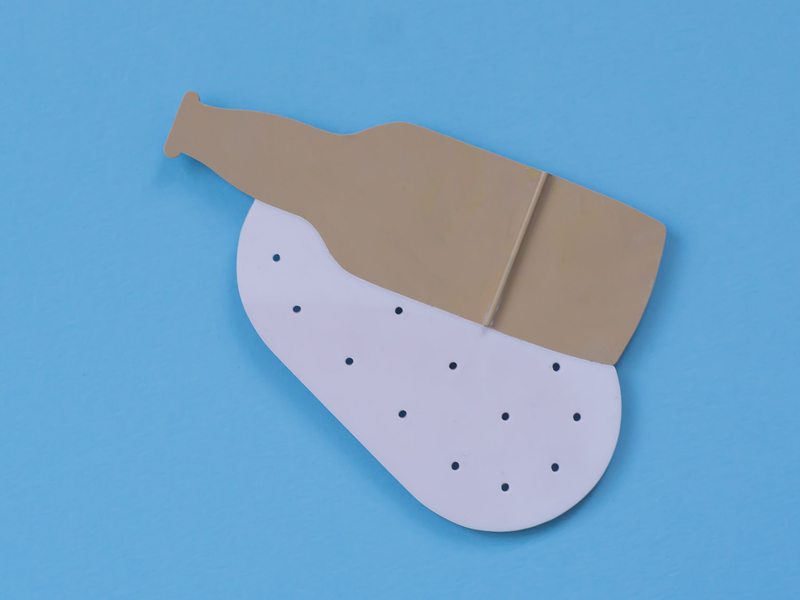
What frustrates you about it?
Timothy Veske-McMahon: That it’s kind of a schizodelic [This word, coined by the artist, is a composite of “schizophrenic” and “psychedelic.”—Ed.] fantasy—a flattened composite of movements, professions, histories, trajectories.
It creates this muddled undefinition and promotes a pedagogy of aesthetic amphigory. When meaning and making are seemingly (seamingly) frankensteined [This word refers to Frankenstein’s monster, who was assembled from many disparate parts.—Ed.] together, the result is a brain-dead object. I find it problematic to experience something labeled as art only to have to ask “why?” and there be only silence in response. I expect art jewelry to shift, question, and usurp—to redistribute meaning. It’s absurd that we don’t attempt to determine what “bad” art jewelry is; in fact, we don’t even question if it is art at all. Communally, we lack the tools, distance, and courage to step back and say: “Ok, maybe not this one.”
In this age of hashtags, where everything is cauterized and categorized for ease of consumption, how is our field so wildly undifferentiated? How can delineation be hurtful to us now, and who benefits from this stunted state?
Also, I don’t think we responsibly deal with our cosmopolitanism and its effect on the developing field. There’s an amalgamated outlook that rides our imperial coattails and sets up residency wherever we go. Is there a difference between the factors shaping art jewelry and Hollywood international blockbusters—the downplay of nuanced language, personalities, localities, and political situations? Should I be an indie jeweler? Am I a low-budget jeweler?
Most frustrating of all is that in the social climate of the field, my studio practice feels like a liability that keeps me from speaking freely.

What do you think your direction will be five years from now?
Timothy Veske-McMahon: Can I talk about fear? The fear that I will further and further isolate myself. I’m an anxious person, a controlling person. From the outside it might look like a controlling practice allows for perfect moments or exacting executions, but there is always trepidation, the painful prediction of trajectory and all that can go wrong. I see anxiety and control as synonyms for the balance that my work spills from. So, five years? Is that sustainable? To know if and what I’ll be making in that time I’d have to know my life then. I have an inkling of where life takes me, but I think that’s a conversation better suited to having over coffee.
Thank you.

